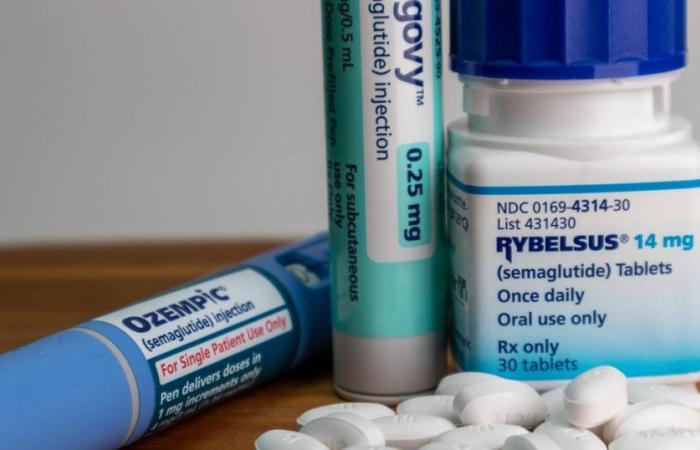Reserved for subscribers
K KStock – stock.adobe.com
While it has long been known that GLP-1 agonists such as Wegovy reduce appetite, leading to weight loss, researchers have now succeeded for the first time in demonstrating their mode of action in the brain.
In recent decades, obesity and type 2 diabetes have increased considerably worldwide. With this epidemic, a new class of treatments has emerged that are gaining momentum: agonists of the hormone GLP-1 (glucagon-like peptide-1), naturally produced by the intestine in response to food ingestion. When blood sugar begins to rise after a meal, these drugs imitate the hormone GLP-1, which has the effect of stimulating the secretion of insulin, the hormone that regulates blood sugar and whose production is insufficient in people suffering from diabetes. However, GLP-1 agonists also have the effect of reducing the feeling of hunger, and therefore caloric intake. Since many type 2 diabetics are overweight or obese, spectacular effects on weight loss have been observed. These treatments include liraglutide (Saxenda and Victoza) and injectable semaglutide (Wegovy and Ozempic) or…
This article is reserved for subscribers. You have 81% left to discover.
Flash sale
€1 per month for 3 months. No commitment.
Already subscribed? Log in
The editorial team advises you
We think we have understood where the effectiveness of anti-obesity treatments comes from
SUBSCRIBE
Close
Subscribe






